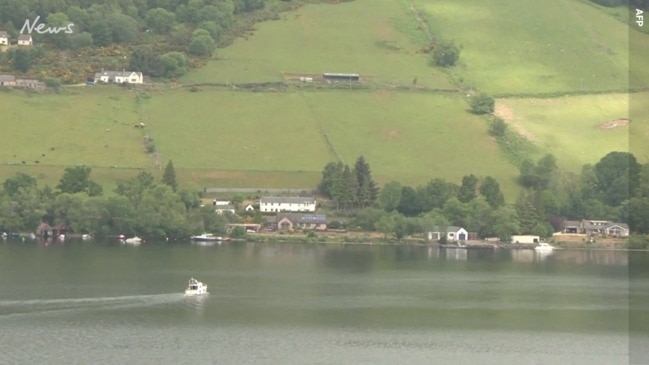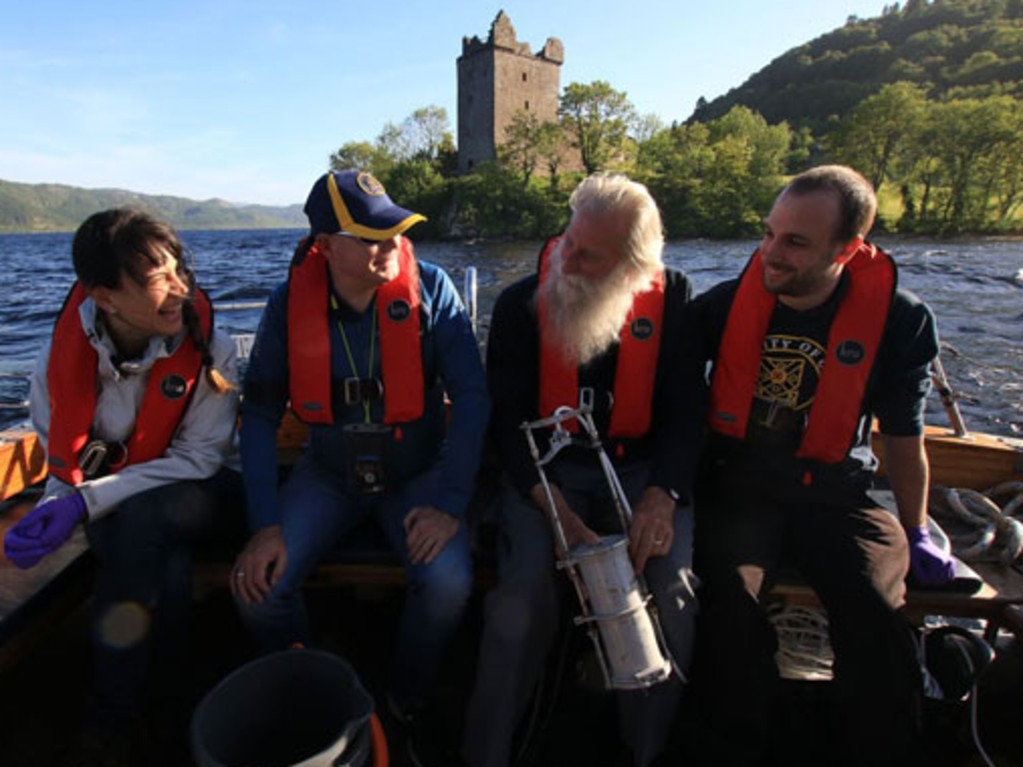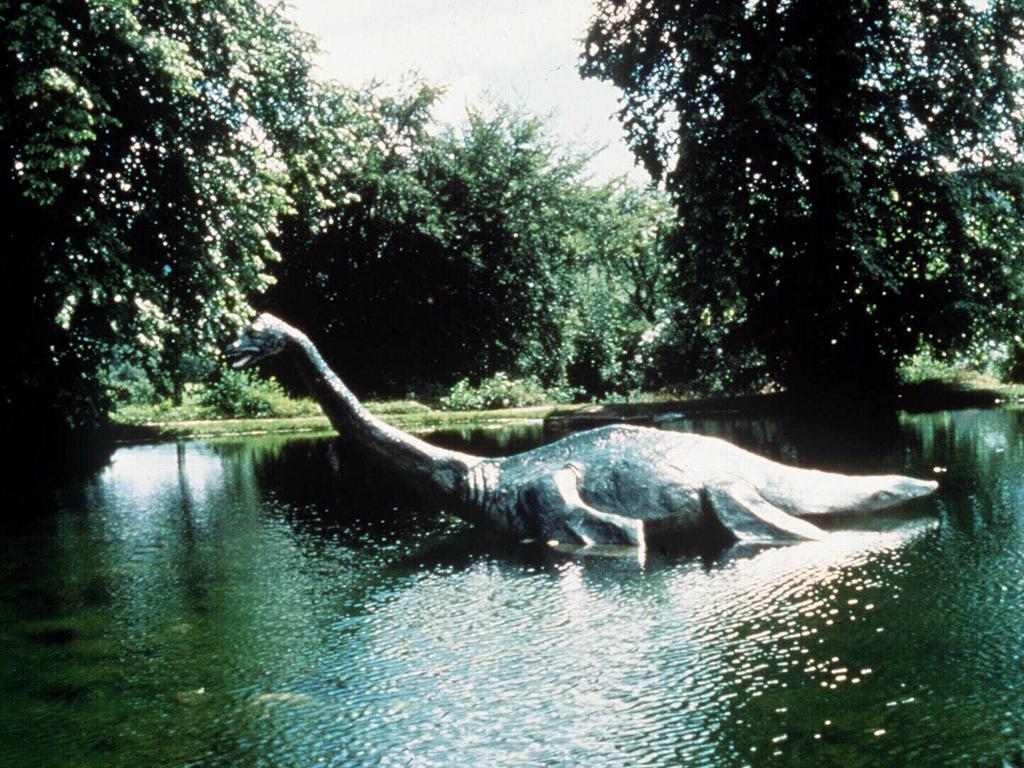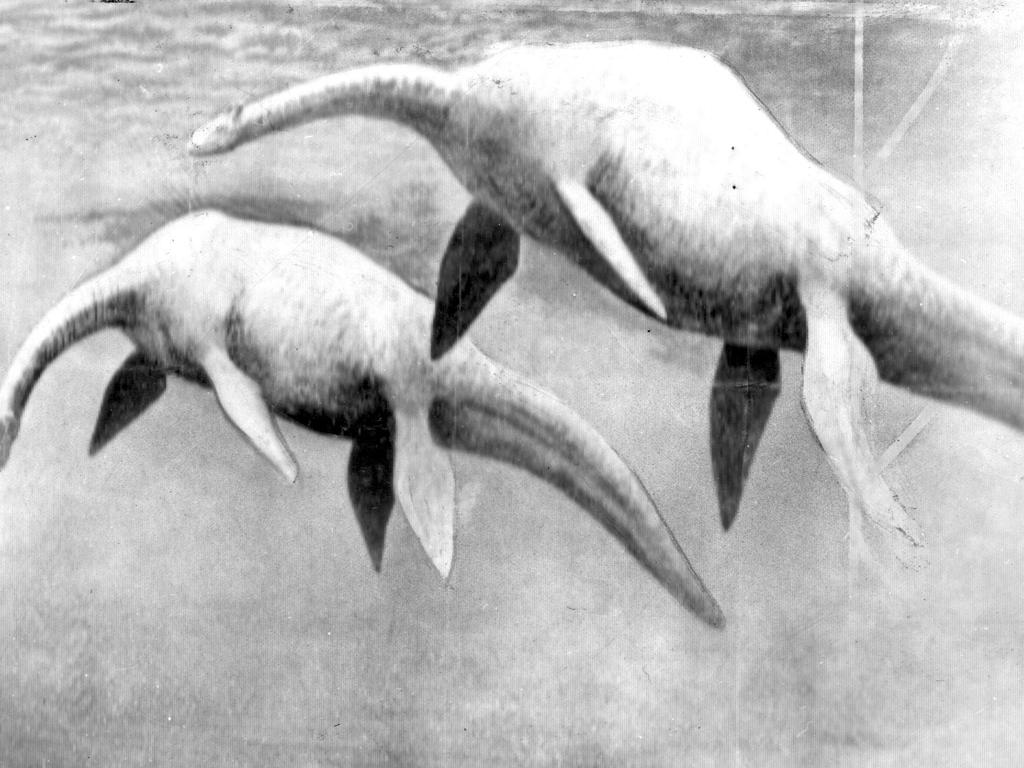Scientists DNA testing Loch Ness for traces of monster make ‘surprising’ discovery
A New Zealand team of scientists who DNA tested Scotland’s Loch Ness for traces of the beast have made a “surprising” discovery.

A group of New Zealand scientists hunting the Loch Ness monster have made a “surprising” discovery, according to their lead researcher.
The University of Otago’s Professor Neil Gemmell, who specialises in genomics, ecology and evolutionary biology, and his team have tested hundreds of water samples from three different depths in the hope of capturing the monster’s DNA.
They also collected DNA from skin, scales, feathers, fur and faeces left by a variety of creatures and sent them to New Zealand, Australia, Denmark and France for analysis.
Prof Gemmell is expected to announce the full results of his research at a press conference in Scotland next month, almost a year after the project began.
He said the public would have to wait until then to find out if his team found any evidence of the legendary beast but hinted the preliminary findings were “surprising” and the Nessie myth was likely to endure.
“We’ve tested each one of the main monster hypotheses, and three of them we can probably say aren’t right and one of them might be,” Prof Gemmell told The Scotsman.


He refused to say which hypothesis scientists were leaning towards, but one theory is the monster is a plesiosaur that somehow survived the period dinosaurs were wiped out.
Another is the creature is a sturgeon or giant catfish.
“Is there anything deeply mysterious? Hmm. It depends what you believe,” Prof Gemmell said.
“Is there anything startling? There are a few things that are a bit surprising.
“What we’ll have achieved is what we set out to do, which is document the biodiversity of Loch Ness in some level of detail.”
NEW VIDEO OF CANADA'S OGOPOGO LAKE MONSTER
The results were supposed to be released in January but cataloguing the huge range of microorganisms and bacteria has taken longer than expected.
According to the Loch Ness eDNA research page, the samples were extracted at Britain’s University of Hull and then sent to Laboratoire D’Ecologie Alpine in Grenoble, France for metabarcoding and sequencing.
From there, the data was sent to labs in Canberra, Copenhagen, Grenoble, Santa Cruz, Inverness, Hull, Baltimore and Dunedin for gene sequence analysis and comparison with samples stored on international DNA databases to identify each species present in the loch.


Tales of a giant creature lurking beneath the murky waves of Loch Ness have been around for more than 1500 years.
At the start of his project last year, Prof Gemmell said he was compelled to conduct a DNA-based search for the fabled creature because there had been so many sightings it was impossible to rule out its possible existence.
“Over 1000 people claim that they have seen a monster. Maybe there is something extraordinary out there,” he told AFP.
WORLD’S MOST FAMOUS LAKE MONSTERS
Theories abound about the true nature of the Loch Ness monster, from a malevolent, shapeshifting “water horse” to an aquatic survivor of the dinosaur age, right down to logs, fish, wading birds or simply waves that have been blown out of all proportion.
The earliest chronicles of a creature in Loch Ness are attributed to Saint Columba who brought Christianity to Scotland in the sixth century.


The last reported sighting was by a US couple standing on the ramparts of the majestic ruin of Urquhart Castle on March 26 last year.
“They described a large shadow moving under the water which they estimated to be around 30 feet in length,” Nessie Hunter tourist boat captain Dave Bell told AFP.
“Last year we had a record number of sightings: 11 in total.”
Mr Bell has never seen anything himself in his many years on the loch, but that does not shake his belief there is something down there.
“I find it hard to believe that over 1000 people can be wrong,” he said.
“Too many rational, level-headed people have said they have seen what they believe to be a creature in the loch.”




